In an age where the choices we make about what we wear can have a profound impact on our skin and the environment, natural fabrics like silk, linen, and cotton stand out for their unique textures and beneficial properties [1]. These eco-friendly clothing materials are derived from plants, animals, or minerals and are renowned for their breathability and comfort, especially during the warm seasons [2] [3]. Unlike synthetic fibers made from petrochemicals, natural fibers support a more sustainable fashion guide by being biodegradable and growable without harsh chemicals or synthetic fertilizers [2] [3]. This makes natural fabrics not just the best fabrics for your skin but also a cornerstone of environmentally responsible clothing choices.
With the rising demand for organic cotton benefits, linen clothing, mulberry silk benefits, and other hypoallergenic fabrics, it's clear why natural materials are preferred over their synthetic counterparts [3]. By choosing natural fabrics, you're opting for breathable fabrics for summer, ensuring greater comfort and reducing the environmental impact of fabric production. As we delve into the ultimate guide to natural fabrics, we'll explore not only the aesthetic and comfort benefits but also the health and environmental advantages of making the switch to sustainable and eco-friendly clothing materials like hemp fabric, bamboo fabric clothing, and more [3].
Types of Natural Fabrics and their Characteristics
Natural fabrics, the gifts from nature to our wardrobes, can broadly be divided into two significant categories based on their source: cellulose-based (from plants) and protein-based (from animals). Each type brings its unique characteristics and benefits to the table, making them indispensable in the realm of eco-friendly and skin-friendly clothing.
Cellulose-based Natural Fabrics
-
Cotton: Known for its softness and excellent absorbency, cotton is the most popular natural fabric. It's breathable, durable, and versatile, making it a staple for everything from t-shirts to beddings.
-
Linen (Flax Fibre): Stronger and stiffer than cotton, linen boasts better tensile strength and is perfect for summer clothes due to its light and airy nature.
-
Hemp: With excellent mechanical strength, hemp is not only durable but also environmentally friendly due to its low level of lignin.
-
Jute: Often used in the industrial sector, jute is biodegradable and has high strength, making it ideal for packaging and geotextiles.
Protein-based Natural Fabrics
-
Silk: Luxurious and shiny, silk’s continuous filament nature offers exceptional durability and is perfect for apparel and home décor.
-
Wool: Obtained from sheep, goats, camel, rabbit and yak, wool is known for its felting property and heat of wetting, making it ideal for quilts, blankets, and craft items.
-
Alpaca: Hypoallergenic and soft, alpaca fibre is used in high-end luxury fabrics and outdoor clothing.
Hypoallergenic and Health-Friendly Qualities
Natural fabrics are not just about aesthetics; their health benefits are substantial, especially for sensitive or allergy-prone skin.
-
Hypoallergenic Properties: Fabrics like silk, organic cotton, and bamboo are known for their hypoallergenic properties, offering a safe choice for those with sensitive skin.
-
Moisture-Wicking and Breathable: These fabrics absorb moisture and allow the skin to breathe, reducing the risk of skin irritations and allergies.
Durability and Quality
-
Tensile Strength: Linen, hemp, and silk are celebrated for their high tensile strength, ensuring longevity and resistance to wear and tear.
-
Weave Patterns: Twill and satin weaves create smoother, abrasion-resistant surfaces, enhancing the fabric's durability.
-
Quality Finishing: Techniques like sanforization and mercerization not only improve the fabric's abrasion resistance but also its color-fastness.
In choosing natural fabrics, you're not just selecting a piece of clothing; you're opting for a healthier lifestyle and contributing to a more sustainable environment. Whether it's the soft embrace of cotton, the luxurious touch of silk, or the breathable comfort of linen, each natural fabric brings its unique benefits to your wardrobe, making them the perfect choice for those looking to combine style, comfort, and eco-consciousness.
The Health Benefits of Wearing Natural Fabrics
Wearing natural fabrics brings a multitude of health benefits, especially for those with sensitive skin or respiratory conditions. Here's a breakdown of how these fabrics can improve your health and overall quality of life:
Hypoallergenic Properties
-
Natural Fibers: Cotton, bamboo, and linen are soft, breathable, and naturally hypoallergenic, reducing allergy symptoms and skin irritation.
-
Chemical-Free: These materials are free from harmful chemicals often used in the production of synthetic fabrics, which can cause skin irritation and allergic reactions.
-
Moisture Management: Unlike synthetic materials that can trap moisture and create a breeding ground for bacteria, fungi, and mites, natural fibers wick away moisture, keeping your skin dry and reducing the risk of microbial growth.
Thermal and Moisture Regulation
-
Breathability: Fabrics like cotton, silk, and linen allow excellent ventilation, helping to dry out dampness and maintain a comfortable body temperature.
-
Temperature Regulation: Natural fibers have the ability to adjust to your body's temperature, providing warmth in winter and cooling you down in summer.
-
Moisture Wicking: Linen, in particular, is renowned for its superior moisture management, ensuring that sweat is quickly absorbed and evaporated, keeping you dry and comfortable.
Antimicrobial and Odor Resistance
-
Antimicrobial Qualities: Linen and bamboo possess inherent antimicrobial properties, inhibiting the growth of bacteria and dust mites, which can be beneficial for those with allergies or asthma.
-
Odor Resistance: Bamboo fabric is especially resistant to odors, absorbing sweat and releasing it into the air without retaining any unpleasant smells.
-
Electrostatic Charge Neutralization: Natural fibers like bamboo and linen help prevent static cling, reducing the amount of dust and allergens that can accumulate on your clothes.
By choosing clothing made from natural fibers, you're not just opting for a more environmentally friendly option but also selecting garments that promote better health and comfort. Whether you're trying to manage allergies, sensitive skin, or simply seeking a more comfortable and breathable fabric, natural fibers offer a range of benefits that synthetic materials simply can't match.
The Environmental Impact of Choosing Natural Over Synthetic
The environmental toll of synthetic textiles is a growing concern, as these materials are primarily derived from non-renewable fossil fuel resources such as oil and natural gas. The production, consumption, and disposal of synthetic textiles not only consume these finite resources but also contribute significantly to greenhouse gas emissions. For instance:
-
Resource Consumption and Emissions: Synthetic textiles are responsible for considerable greenhouse gas emissions throughout their lifecycle, from manufacturing to disposal. To put it in perspective, the production of 1 kg of polyester fabric releases over 30 kg of carbon dioxide equivalent, a stark contrast to the 20 kg associated with cotton.
-
Waste and Microplastics: The environmental impact extends beyond carbon emissions. An estimated 42 million tonnes of plastic textile waste was generated globally in 2015, with synthetic fibers like polyester and nylon constituting a significant portion of this waste. These materials contribute to the microplastics problem, with activities as mundane as washing synthetic materials releasing around 700,000 individual microfibers into the water, posing risks to aquatic life and ecosystems.
-
Circular Economy and Sustainable Alternatives: The European Commission has recognized textiles as a priority for achieving circularity, highlighting the need for sustainable fiber choices, better management of microplastic emissions, and improved recycling practices. Consumer actions, such as supporting brands that prioritize sustainability and opting for natural fibers, play a crucial role in this transition. Natural fibers, being biodegradable and sourced from renewable resources, offer a more sustainable alternative. They require less water and fewer harmful chemicals in production and are often associated with ethical manufacturing practices.
Transitioning towards natural fabrics not only mitigates the environmental impact associated with synthetic textiles but also aligns with broader sustainability goals. By choosing natural fibers, consumers can contribute to reducing the demand for non-renewable resources, minimizing waste, and supporting more sustainable and ethical manufacturing practices.
Understanding Hypoallergenic Properties of Natural Fabrics
Understanding the hypoallergenic properties of natural fabrics can be a game-changer, especially when it comes to choosing clothing that not only looks good but also benefits your skin and overall health. One standout example is wool, which is naturally resistant to bacteria. This unique characteristic of wool isn't just a random feature; it's a result of the fiber's inherent properties that offer significant performance benefits.
-
Wool's Bacteria Resistance: Wool fibers have a natural ability to resist bacteria, which is a key factor in keeping garments like socks dryer and fresher for longer periods. This is especially beneficial for those with active lifestyles or for anyone who values hygiene and comfort in their daily wear.
Why This Matters
-
For Your Health: The resistance to bacteria means less risk of unpleasant odors and potentially skin irritations caused by microbial growth. This is crucial for people with sensitive skin or allergies.
-
For The Environment: Less washing is required, leading to water conservation and reduced use of detergents, aligning with eco-friendly clothing practices.
-
For Your Wallet: Durable and longer-lasting clothes mean fewer replacements and, consequently, savings in the long run.
This natural performance benefit of wool and similar properties in other natural fibers like silk, cotton, and hemp highlight the importance of choosing natural fabrics. Not only do they offer aesthetic and comfort benefits, but they also contribute to your well-being and environmental sustainability.
The Durability and Quality of Natural Fabrics
When considering the longevity and quality of your wardrobe, natural fibers stand out for their remarkable durability and comfort. Here's a closer look at what makes these materials a smart choice for those who value both style and sustainability:
Durability and Longevity
-
Cotton and Linen: Known for their strength, these fibers become even softer with each wash and wear, enhancing comfort without sacrificing durability.
-
Hemp: Celebrated for its robustness, hemp fabric can withstand numerous washes, making it an ideal choice for everyday wear.
-
Silk: While delicate in feel, silk possesses a surprising tensile strength, allowing it to endure for years when cared for properly.
Comfort and Breathability
-
Highly Permeable: Natural fibers like cotton, linen, and hemp allow for excellent air circulation, ensuring that excess heat and odors can easily escape.
-
Moisture Absorption: These fibers excel in absorbing moisture, keeping you dry and comfortable throughout the day. This feature is particularly beneficial in warmer climates or during physical activity.
Care and Maintenance
- While natural fibers offer numerous benefits, they do require a bit of extra care to maintain their quality and extend their lifespan. For example, silk may need to be dry cleaned or hand washed, whereas cotton and linen garments can typically be machine washed but may benefit from air drying.
-
Biodegradable: An added environmental benefit is that these fibers are completely biodegradable, reducing waste when they do eventually reach the end of their life cycle.
In summary, choosing clothing made from natural fibers not only supports your skin's health and comfort but also contributes to a more sustainable fashion industry. With proper care, garments made from natural materials like cotton, linen, hemp, and silk can be a long-lasting and eco-friendly addition to your wardrobe.
Aesthetic and Comfort Benefits of Natural Clothing
When you slip into a garment made from natural fibers, you're not just wearing a piece of clothing; you're embracing a blend of comfort, breathability, and aesthetic appeal that synthetic materials struggle to match. Let's delve into why natural fabrics are a superior choice for both your skin and style:
Comfort and Breathability
-
Natural fibers like cotton, linen, and hemp are not only gentle on the skin but also excel in regulating body temperature. This is due to their breathability, allowing air to circulate freely. This means that on a hot summer day or during a strenuous workout, these fabrics work hard to keep you cool and comfortable.
-
Moisture Absorption: Beyond keeping you cool, natural fabrics are also adept at wicking away sweat from your body. This is crucial in preventing bacterial growth and the unpleasant odors that can accompany it. The inherent comfort and softness of these materials against the skin make them an easy choice for daily wear.
Aesthetic Appeal
-
Textures and Looks: The range of textures and appearances offered by natural fibers is vast. From the unrivaled elegance and sheen of silk to the casual, laid-back vibe of cotton, there's a natural fabric to suit every style and occasion.
-
Unique Characteristics: It's not just about how these fabrics feel but also how they look. The unique texture and sheen of natural materials are something synthetic fabrics can't quite replicate. Whether it's the subtle luster of linen or the rich depth of color that natural dyes achieve on cotton, these fabrics add a dimension of aesthetic appeal that enhances any wardrobe.
Sustainability and Aesthetics Combined
-
Eco-friendly Choices: Opting for natural fibers aligns with a sustainable lifestyle, reducing environmental impact while also ensuring that your clothing choices are both comfortable and stylish.
-
Breathable and Absorbent: These fibers are not only softer and more breathable than synthetic alternatives but also more absorbent. This means they are excellent for keeping you dry and comfortable, regardless of the weather or your activity level.
In summary, the choice of natural fabrics brings together the best of all worlds - unparalleled comfort, breathability, and aesthetic appeal, all while being kind to your skin and the planet. Whether you're dressing up for a special occasion or opting for casual comfort, natural fibers offer a wealth of benefits that make them the ideal choice for discerning individuals looking for quality, comfort, and style in their wardrobe.
The Importance of Choosing the Right Fabric
Choosing the right fabric for your projects or wardrobe isn't just about aesthetics; it's a multifaceted decision that impacts cost-effectiveness, ethics, and the environment. Here's a guide to making informed choices:
Cost-Effectiveness
-
Initial Investment vs. Longevity: While natural fibers might seem pricier at first glance, their durability translates to a lower cost per wear. This means that over time, investing in natural fabrics like cotton, linen, or silk can actually be more economical than opting for cheaper synthetic alternatives.
Ethical Considerations
-
Fair Labor Practices: Choosing natural fibers supports not only environmental sustainability but also ethical labor practices. By opting for materials from brands committed to fair working conditions, you contribute to a market that values human rights and safe workplaces.
Shopping and Selection Tips
-
Inspiration and Planning: Before purchasing, look for inspiration on Pinterest or through tutorials and patterns. This can help you envision the final product and ensure the fabric choice aligns with your project's needs.
-
Understanding Trends: Go window shopping or browse online stores to get a sense of current trends. This will give you an idea of the popular fabrics and how they're being used in contemporary fashion or décor.
-
Fabric Testing:
-
Drape and Hang: Unroll the fabric to see how it drapes. This is crucial for understanding how it will look in a finished garment or home décor item.
-
Widths and Uses: Fabrics typically come in 60 inches (150cm) or 45 inches (112.5cm) widths. Ensure the width suits your project to avoid unnecessary seams or joins.
-
Color and Compatibility: Check the fabric color in natural light and against your skin or intended use area to ensure it complements your project.
-
Stretch Test: Pull the fabric between your fingers to assess its stretch. This is especially important for apparel projects where fit and comfort are key.
-
Material Considerations:
-
Avoiding Certain Fabrics: Be cautious with rayon and bamboo fabrics, as their production processes may not align with eco-friendly and ethical standards.
-
Quality Assurance: When possible, purchase fabric from brand shops or reputable online stores. This ensures the material has undergone quality testing and is safe for direct skin contact.
By taking these factors into account, you can make choices that not only enhance your projects or wardrobe but also align with your values concerning sustainability, ethics, and long-term cost-effectiveness.
FAQs
What are the most beneficial fabrics for skin health?
The most beneficial fabrics for skin health are those that are soft, lightweight, and gentle on the skin. They should be breathable, highly absorbent, and hypoallergenic. Ideal choices include cotton, silk, merino wool, flax, and hemp, which are natural and promote both skin and environmental wellness.
Which materials are considered to be gentle on the skin?
Materials that are considered gentle on the skin include cotton, linen, cashmere, silk, hemp, and those made from wood pulp. These fabrics are particularly suitable for sensitive skin due to their excellent conductive and wicking properties, which can benefit individuals with various skin conditions.
What is the optimal fabric for overall human body health?
The optimal fabrics for human body health are those that are breathable and moisture-wicking, such as organic cotton, linen, silk, and wool. These natural fabrics facilitate airflow, are essential for skin health, and are free from toxic chemicals that can be present in synthetic materials.
Which fabric has the highest breathability?
The fabrics with the highest breathability are primarily plant-based, including cotton, linen, and bamboo. These materials are perfect for clothing and bedding as they allow for significant air circulation. Additionally, animal-based fabrics like silk and wool are also known for their breathability, helping to wick away sweat and maintain a cool body temperature.





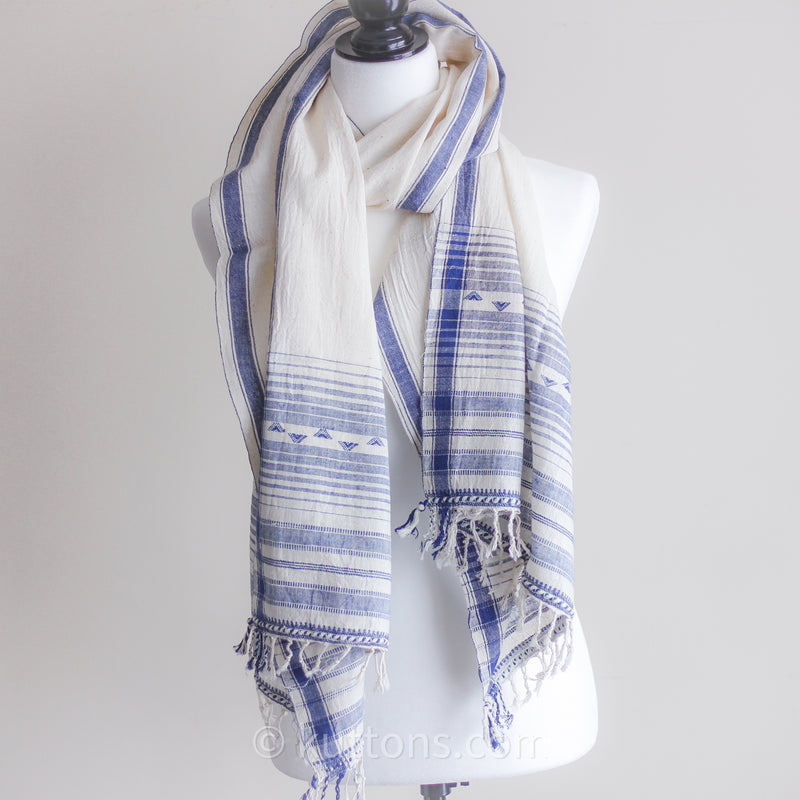
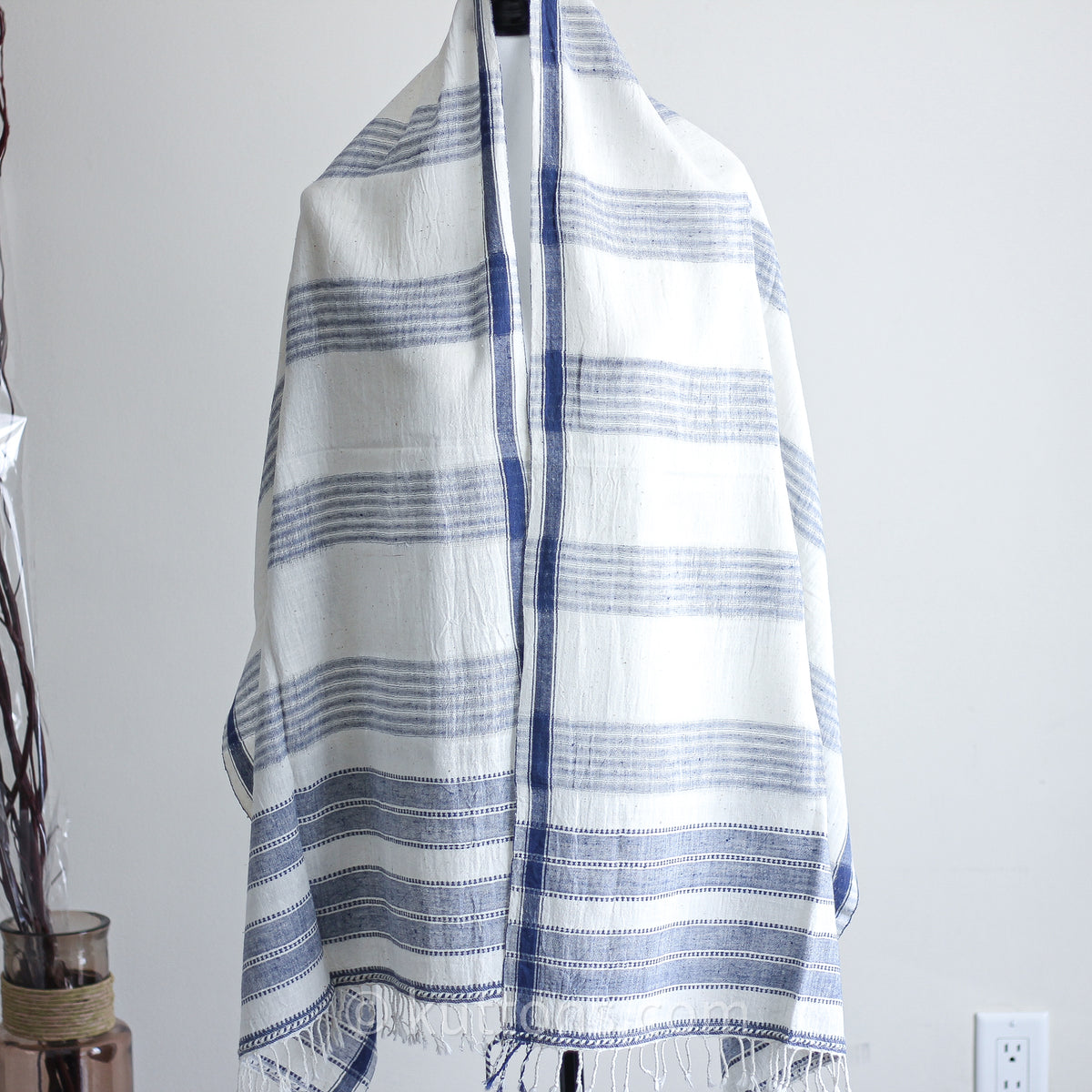
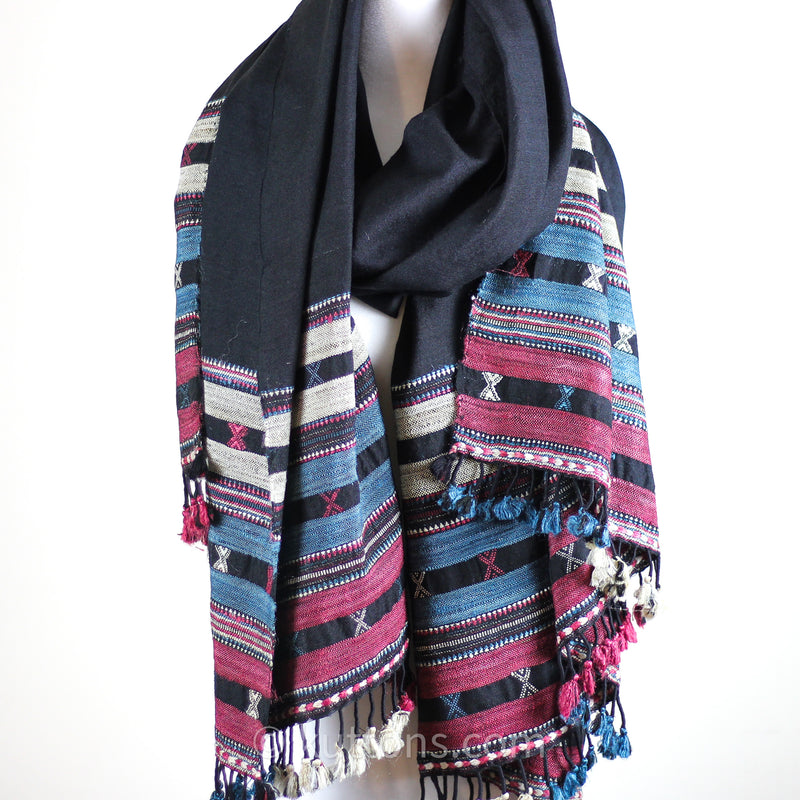
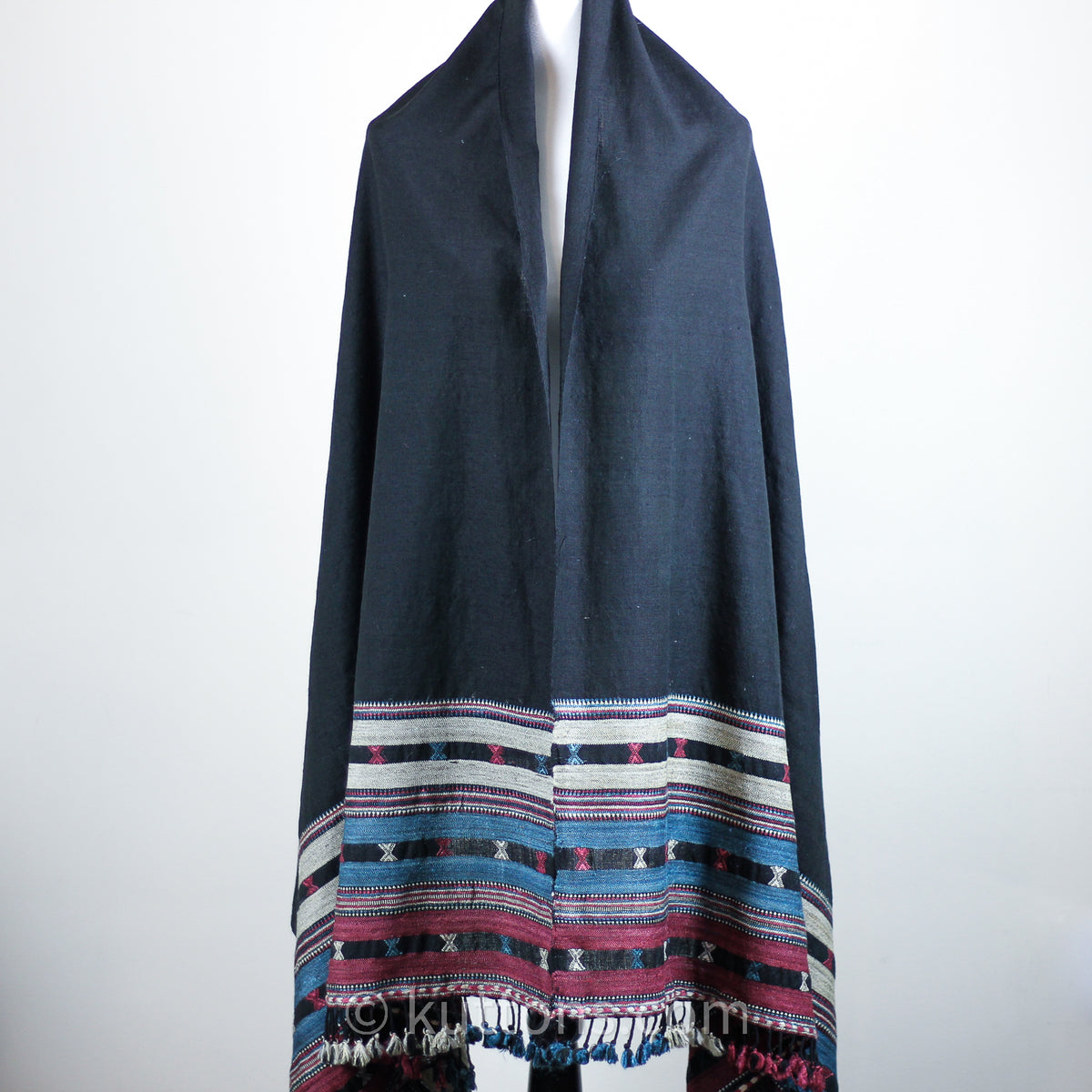
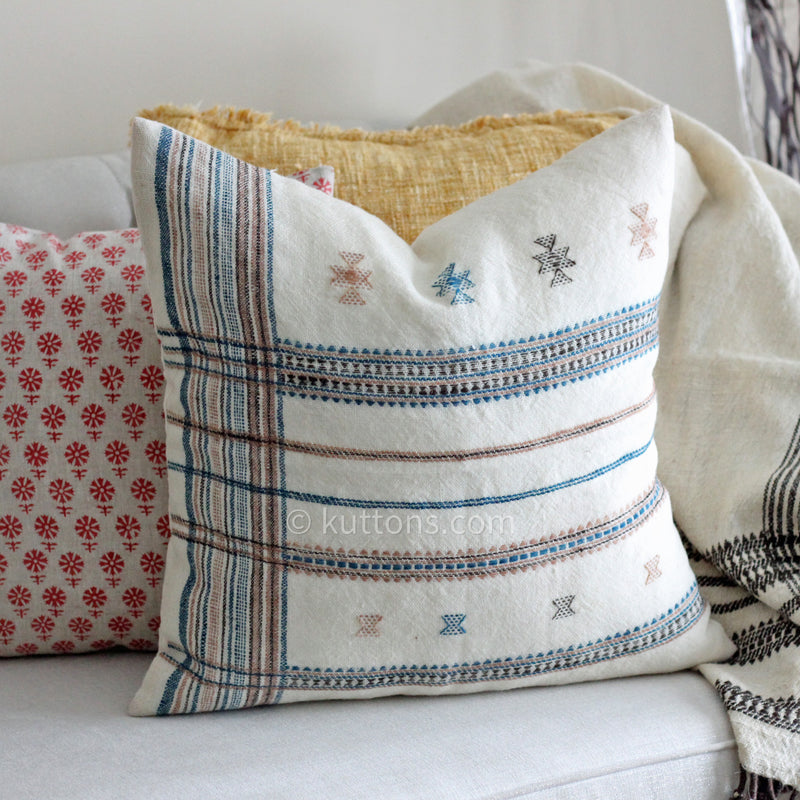
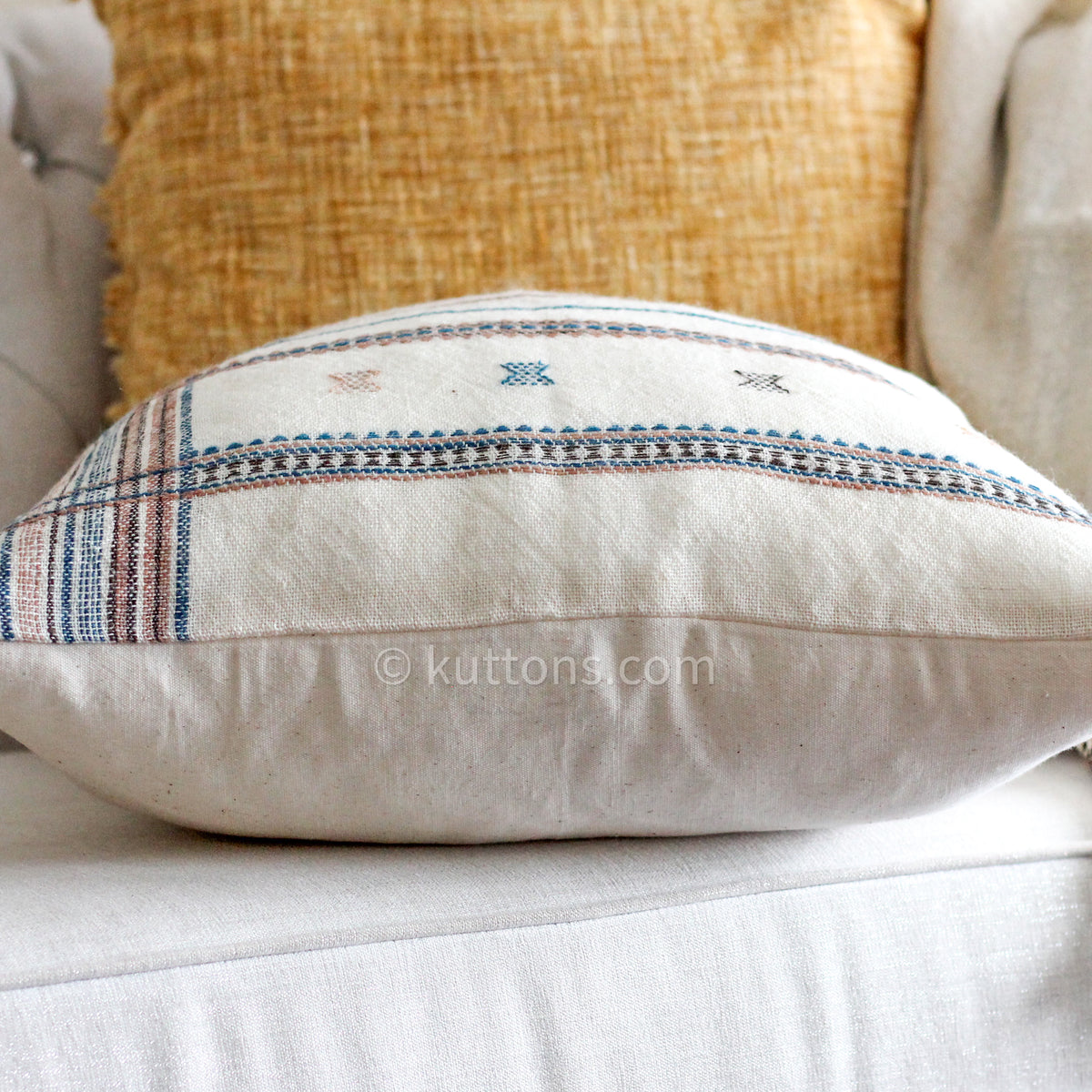
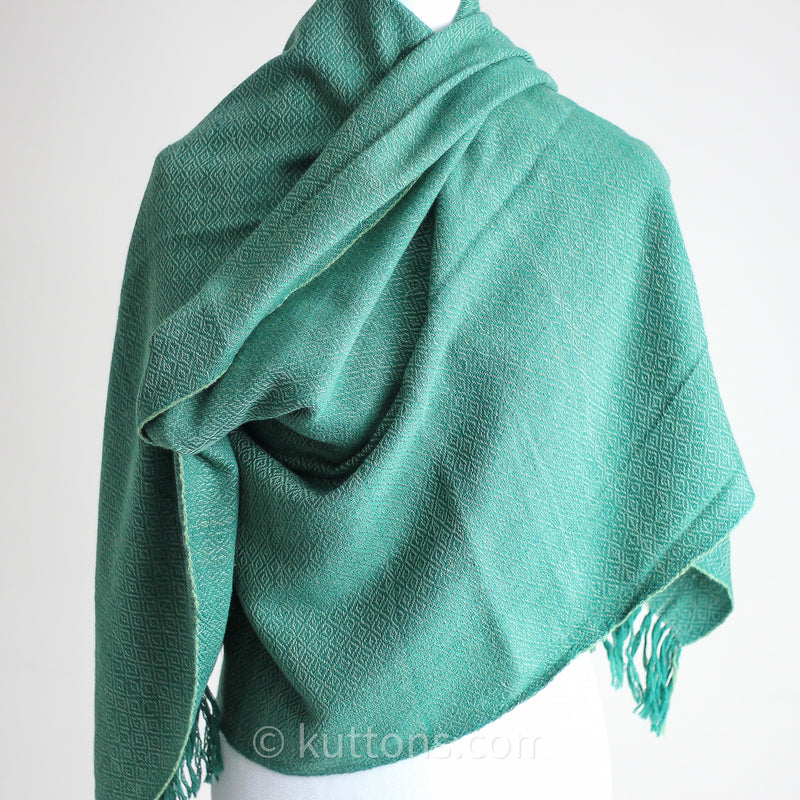
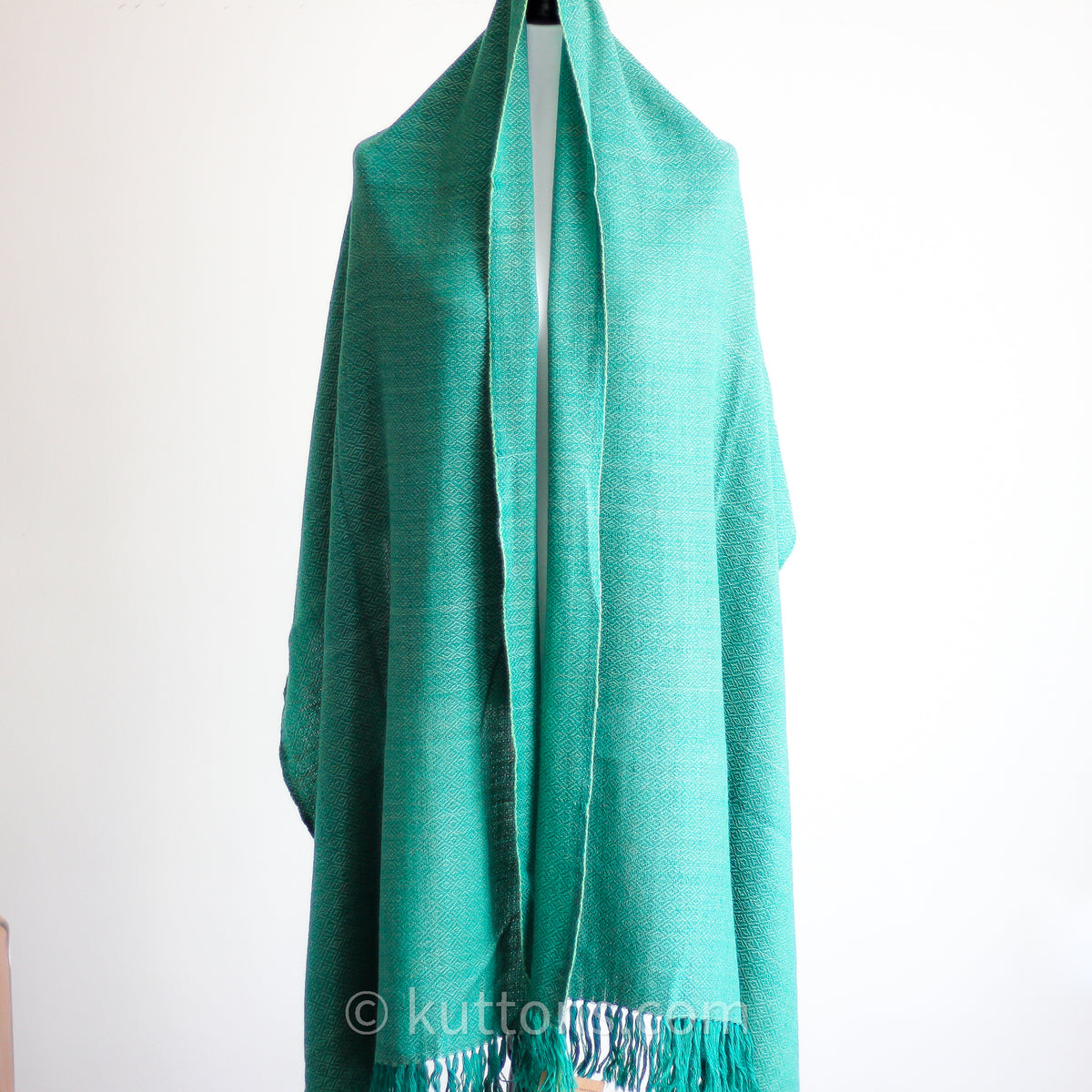
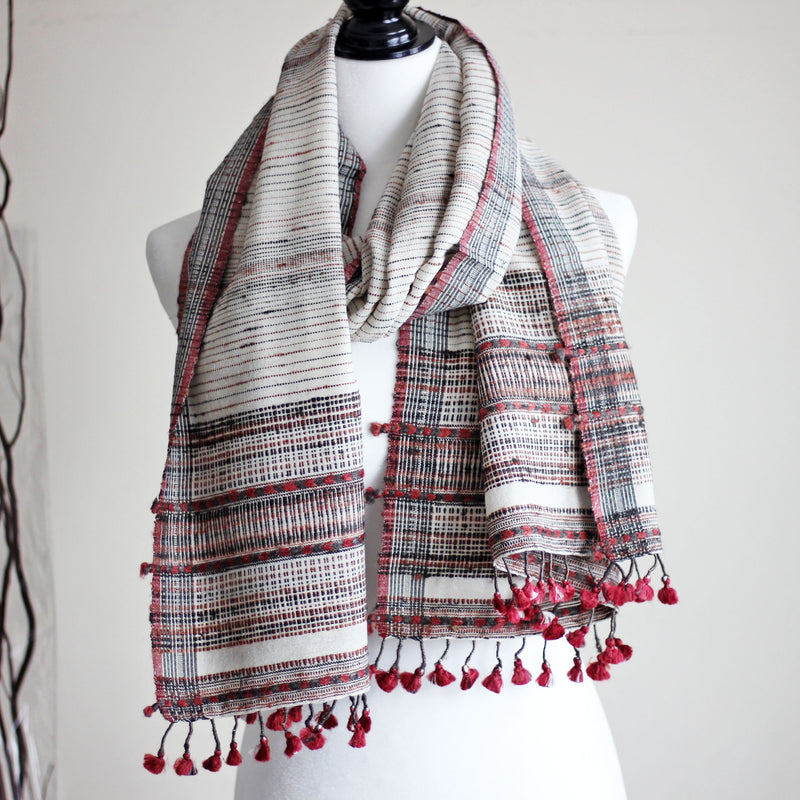
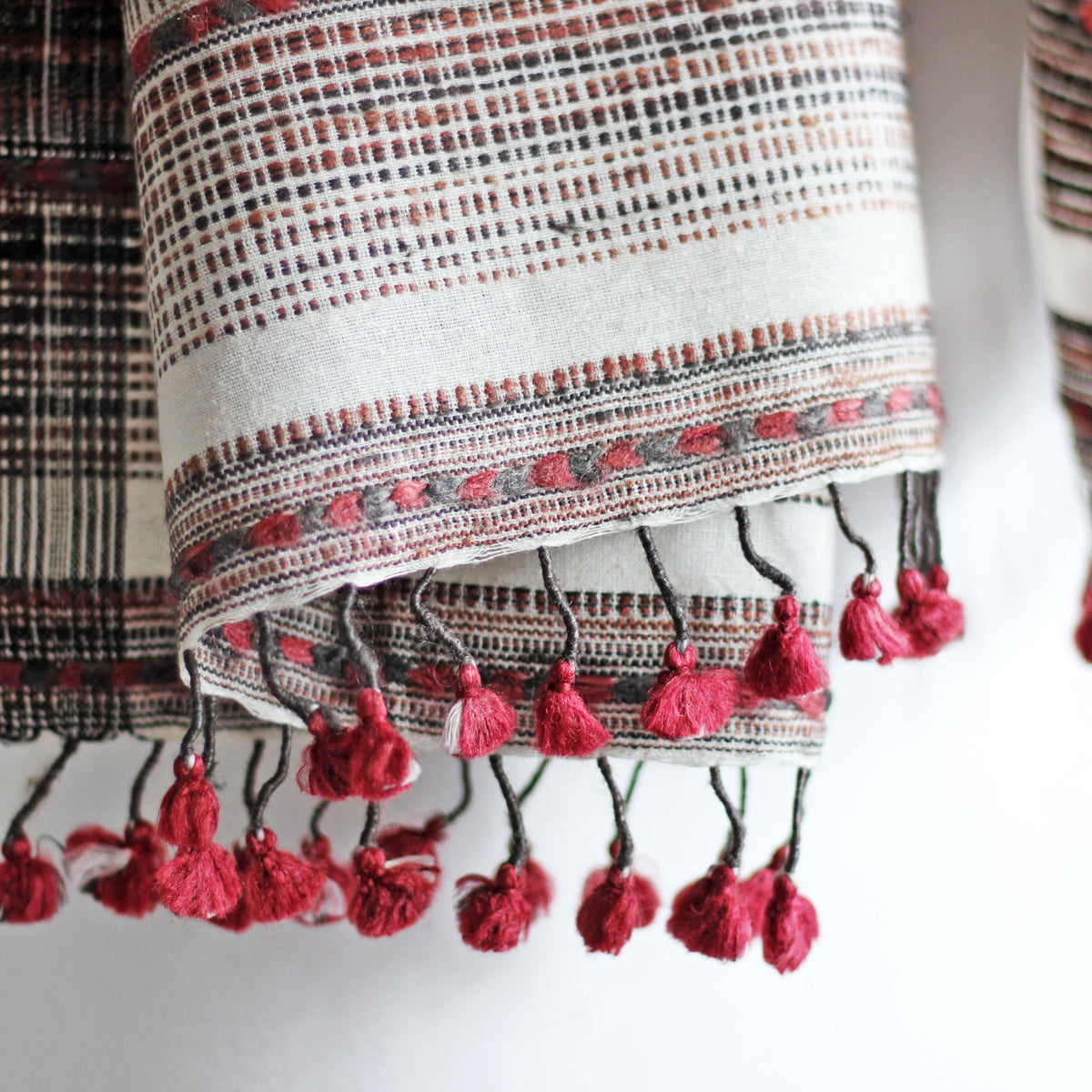
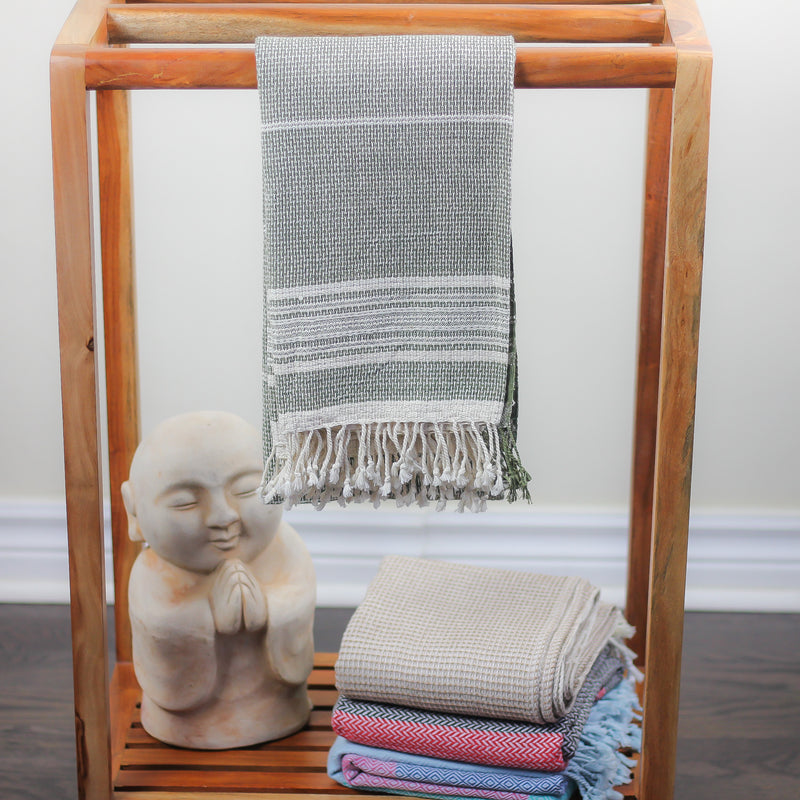
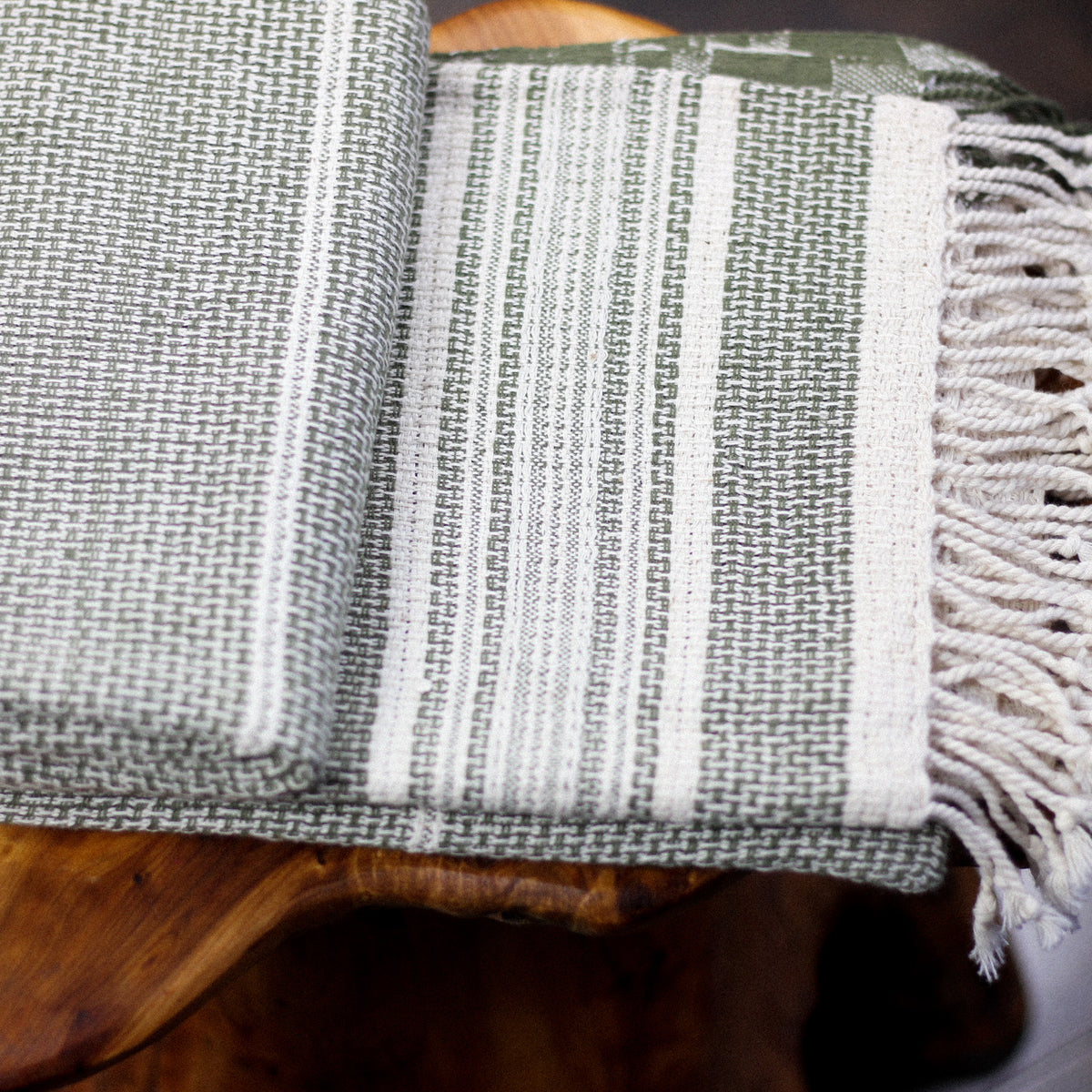
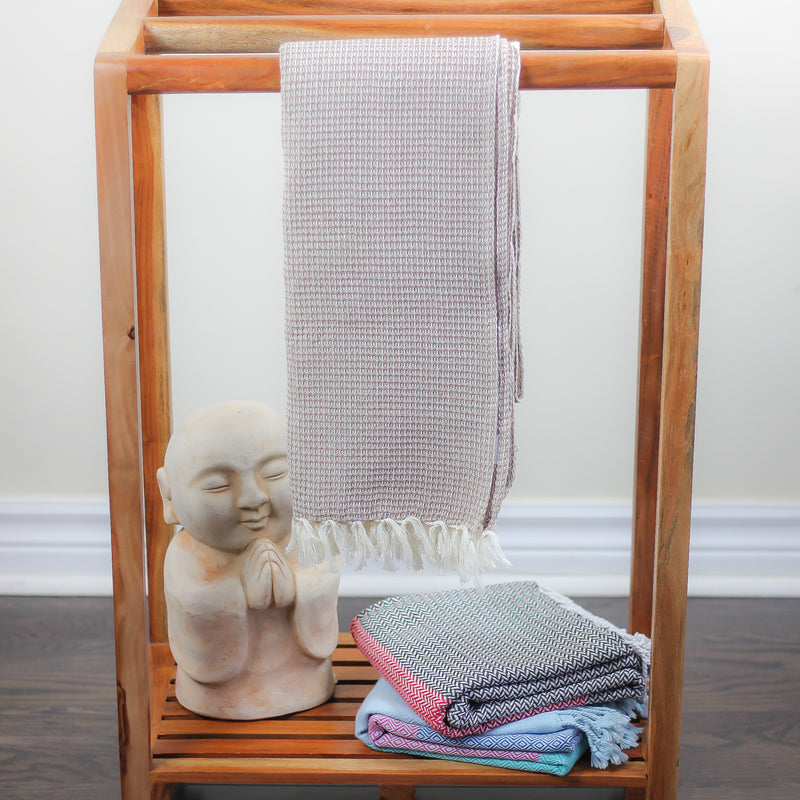
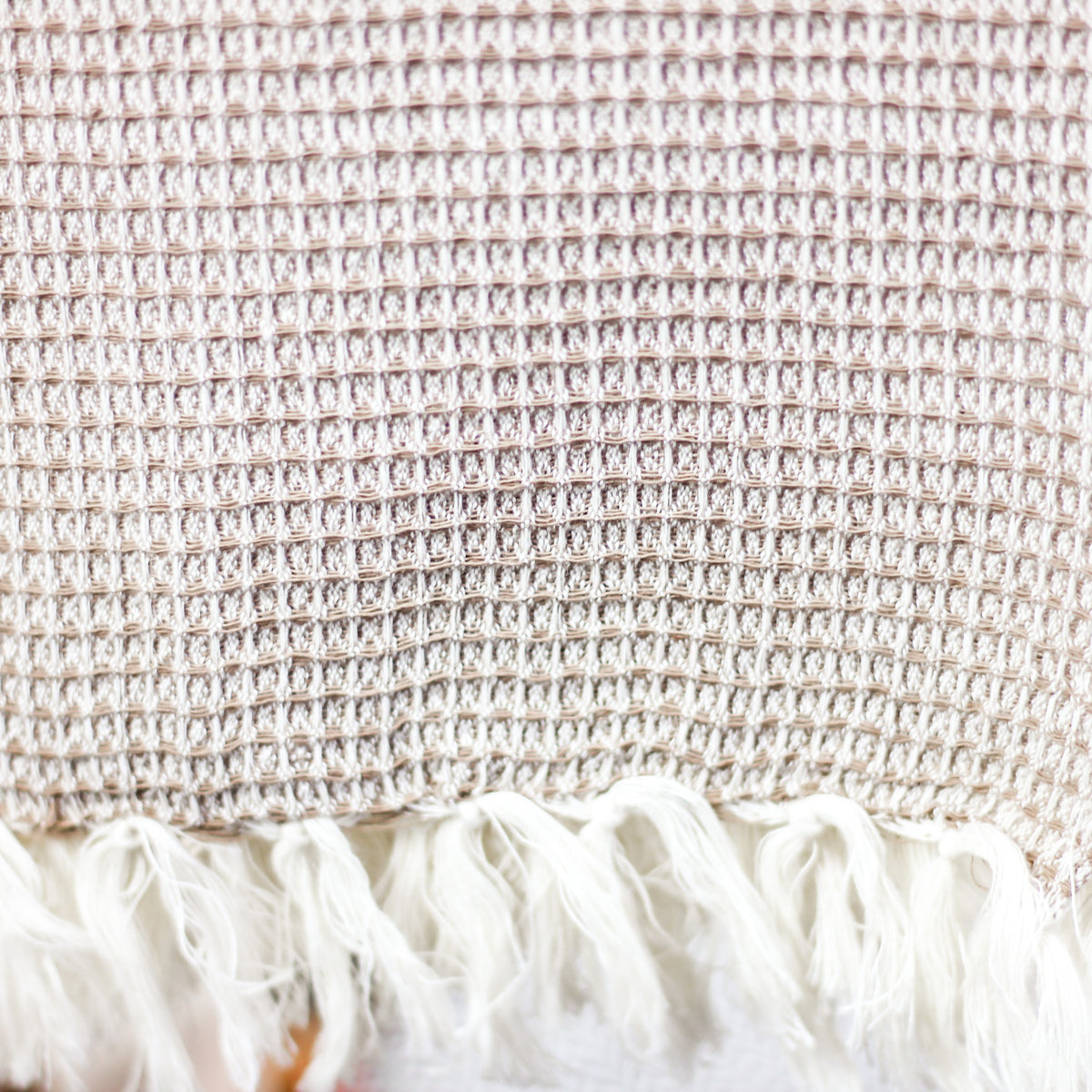
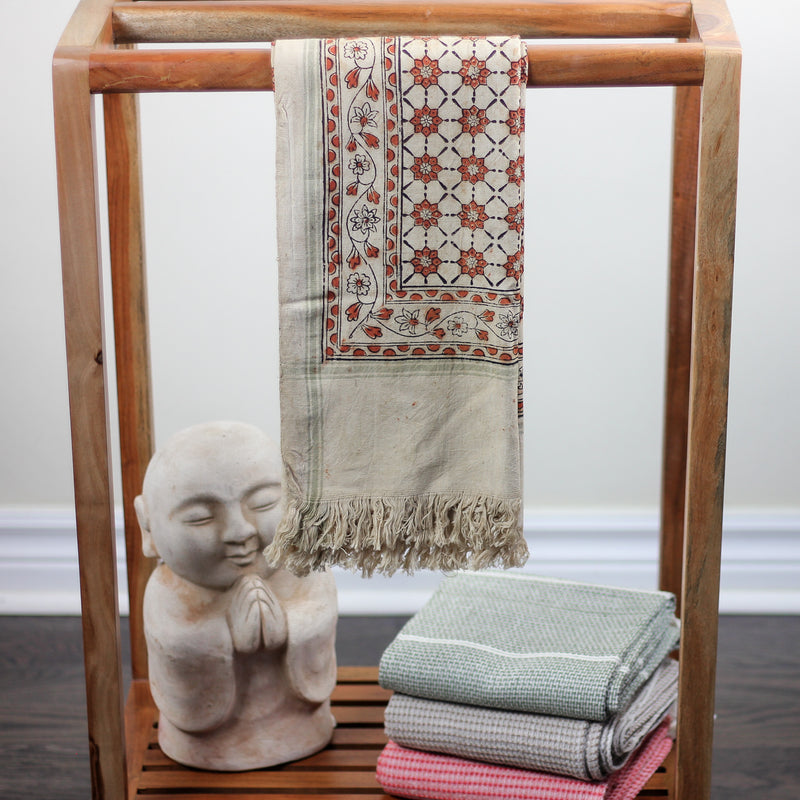
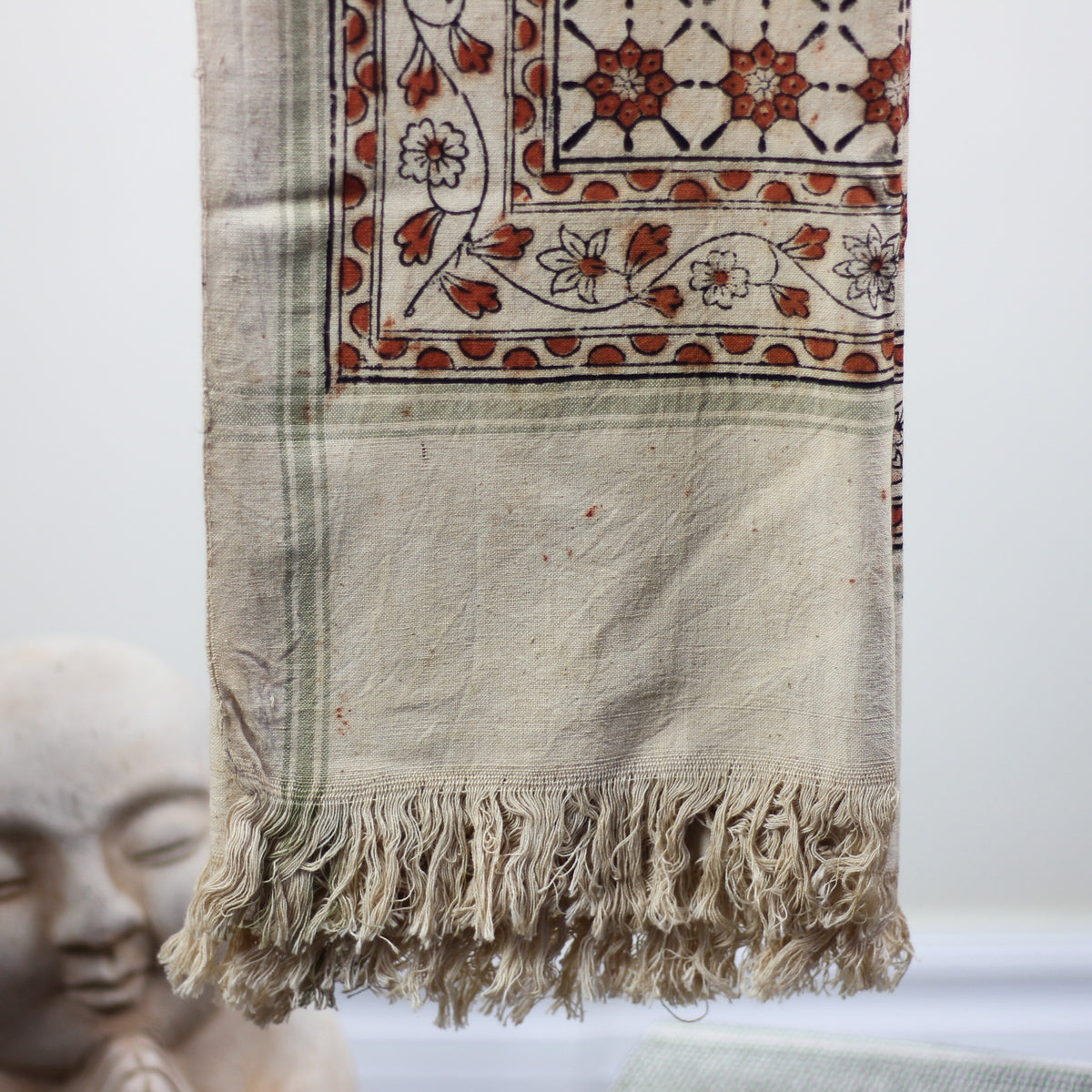
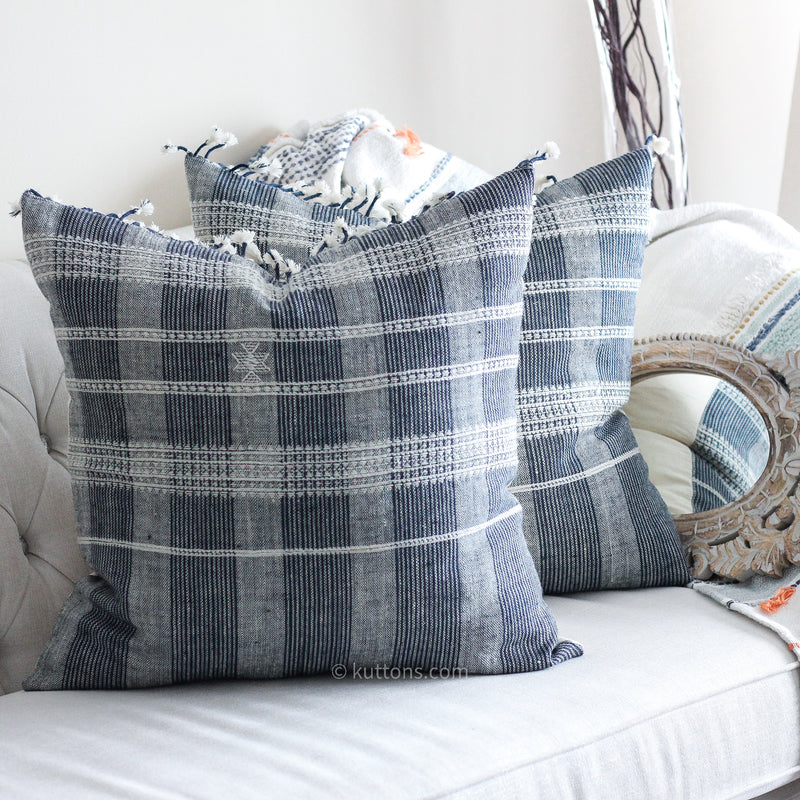
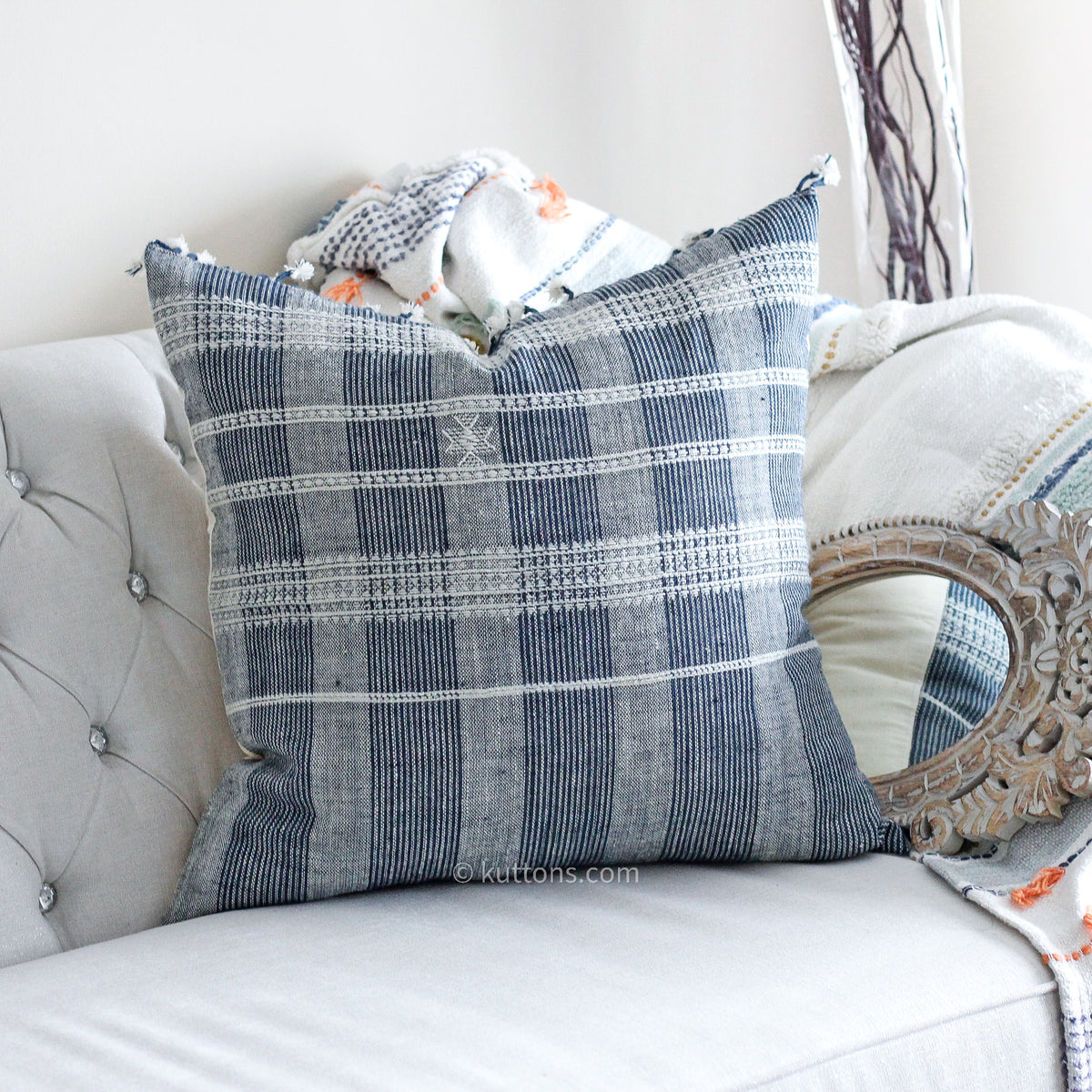
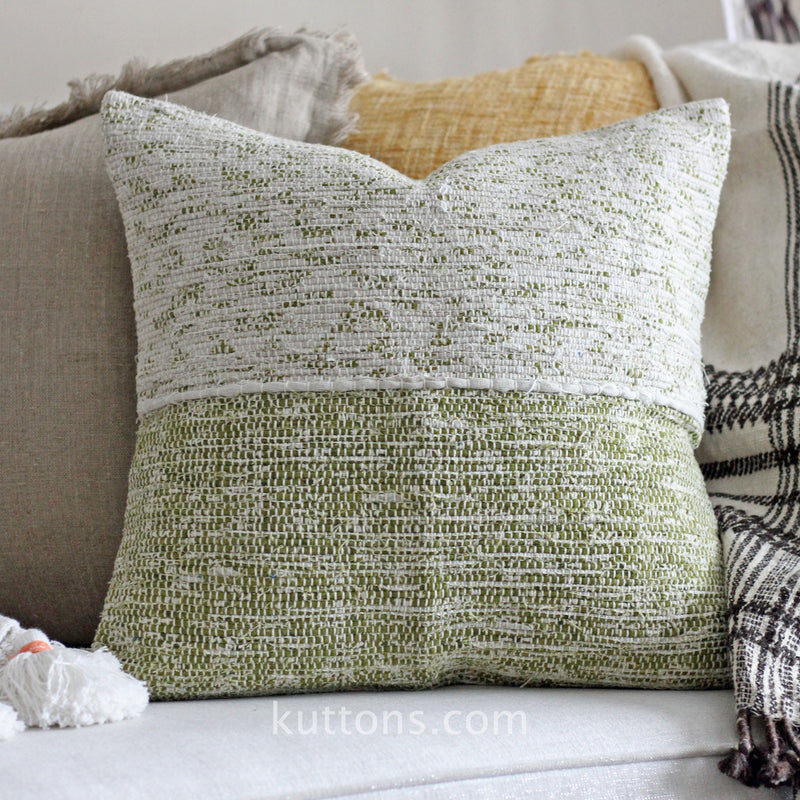
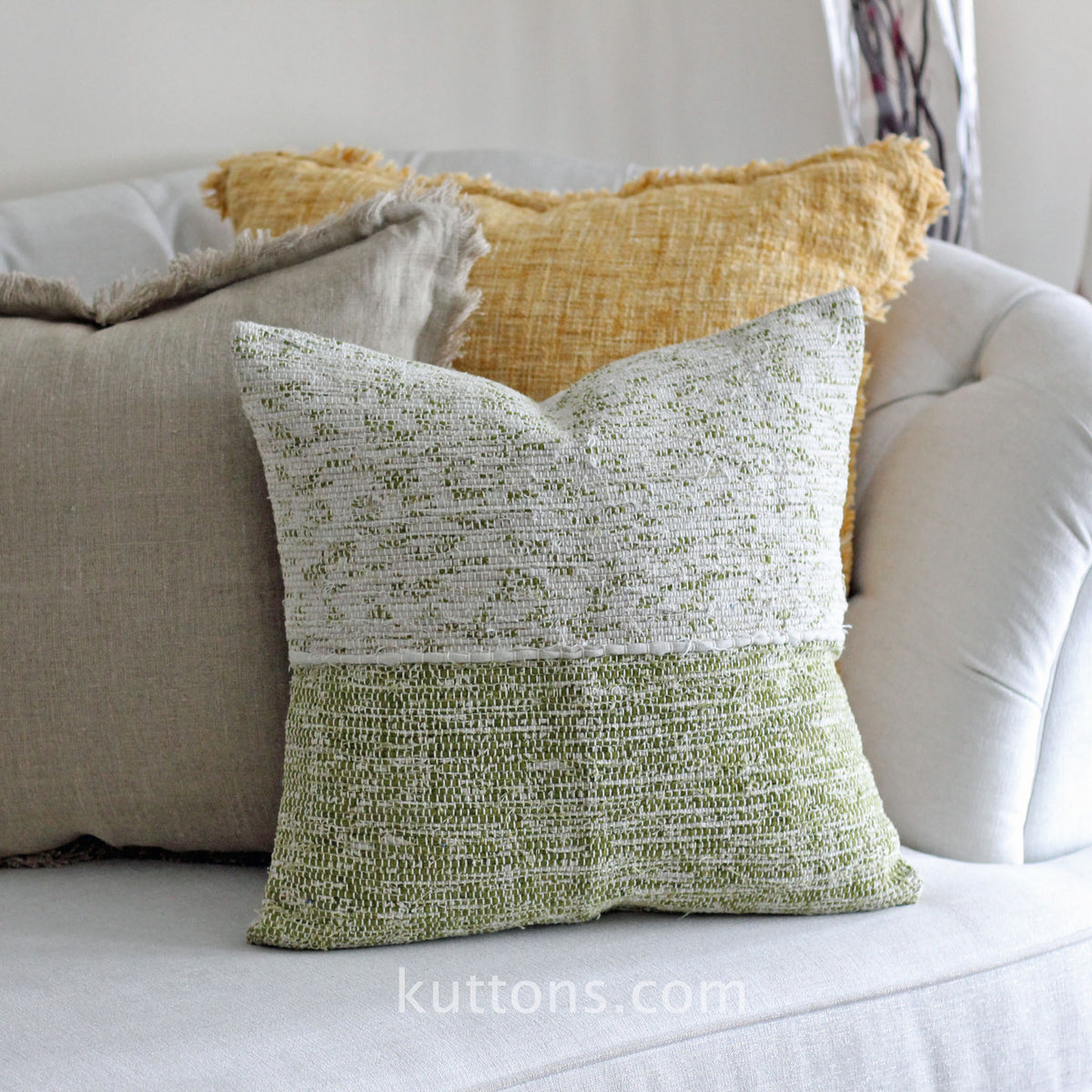
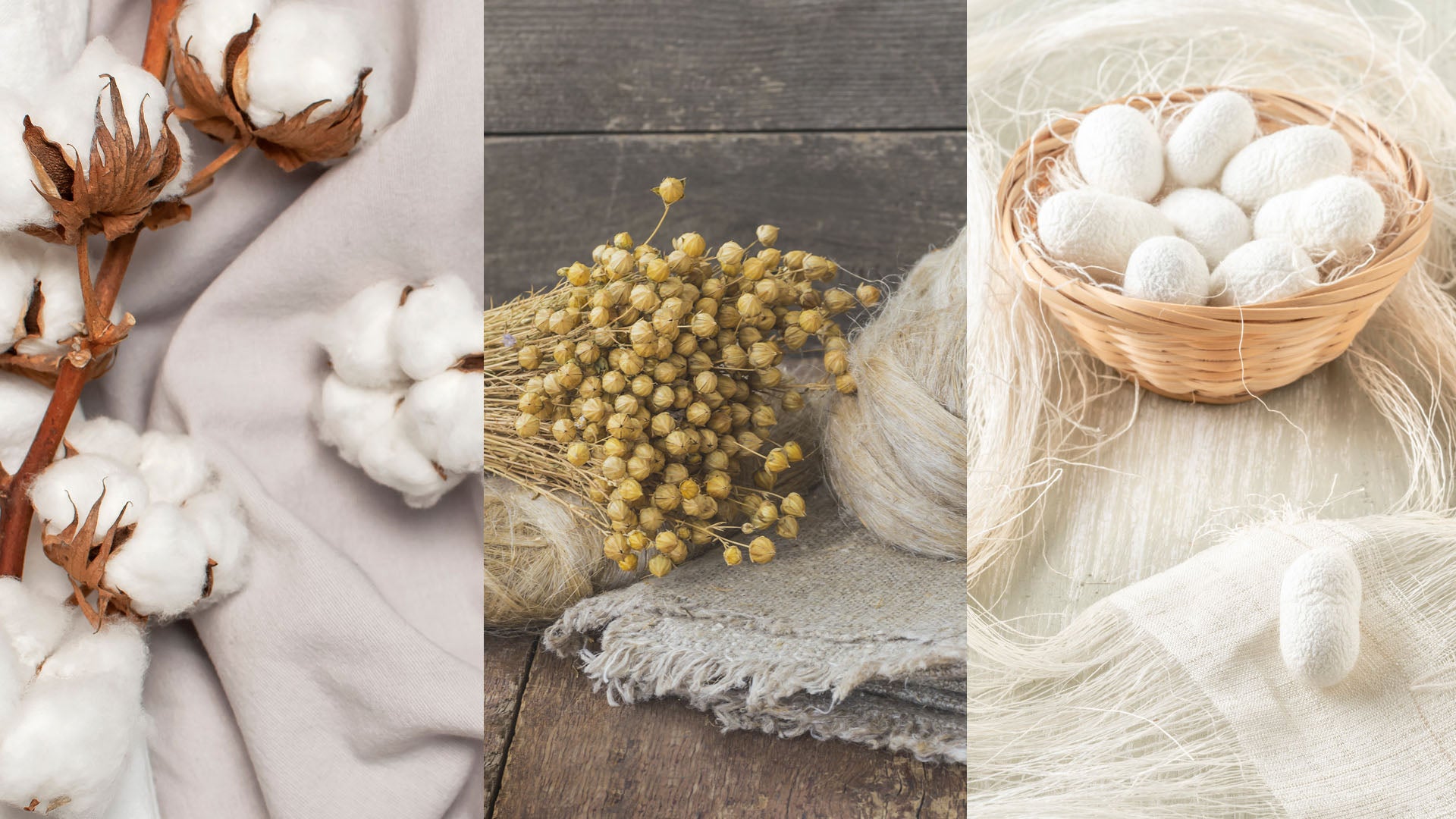
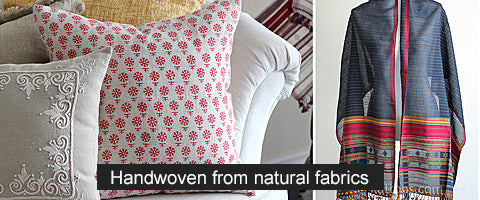
0 comments